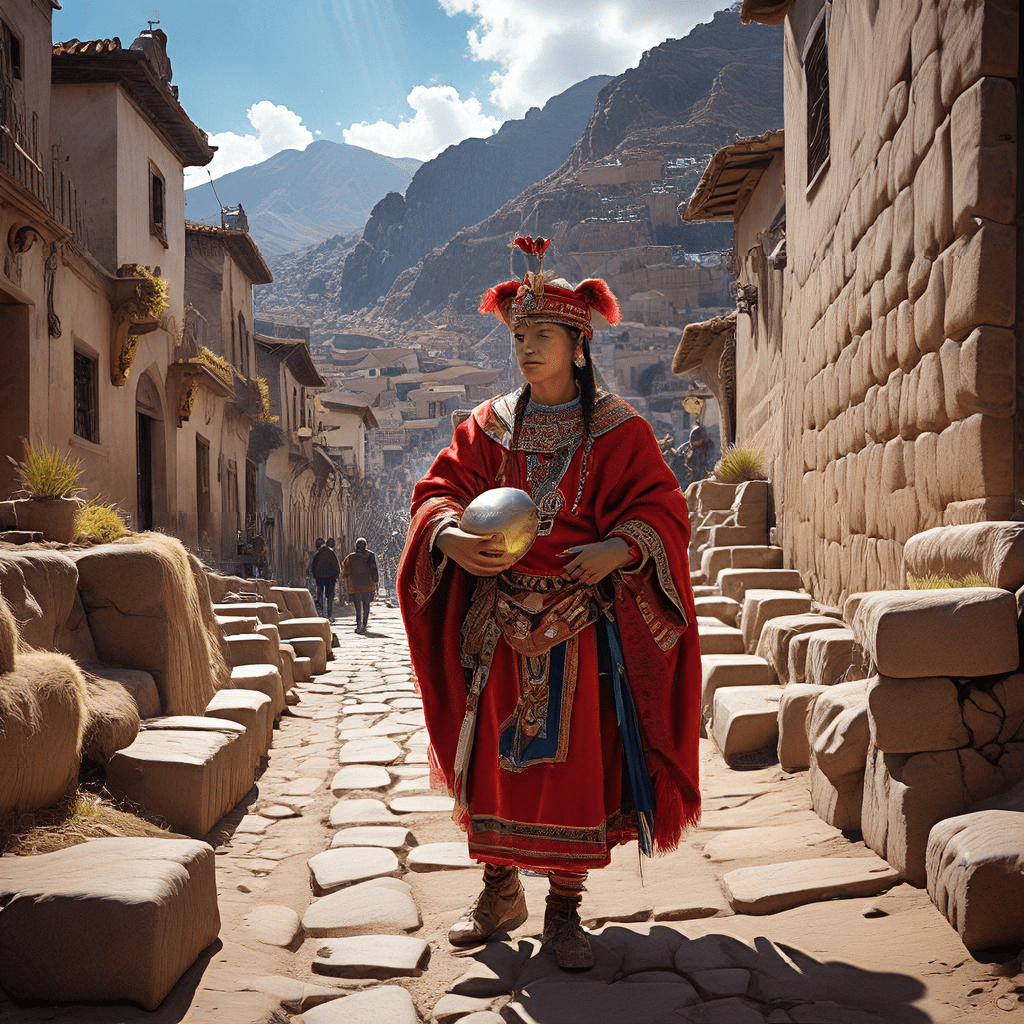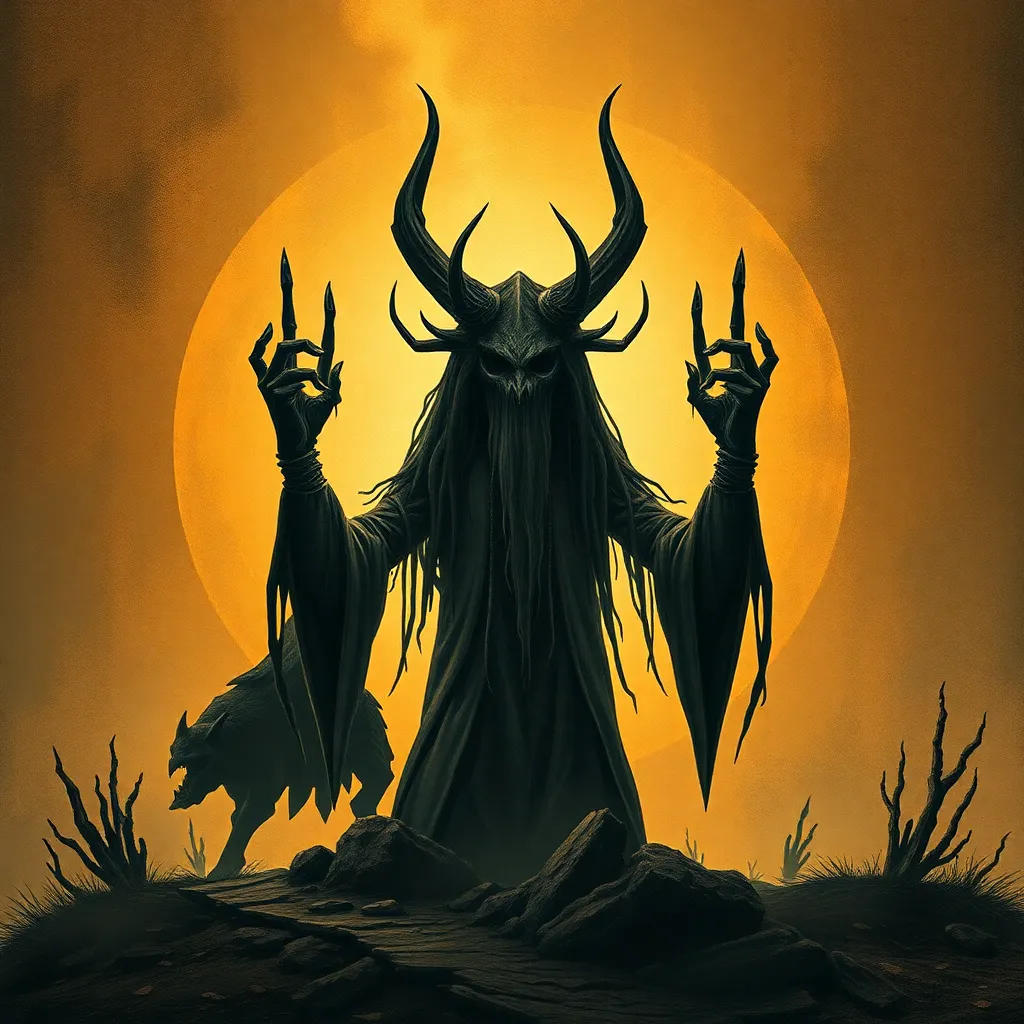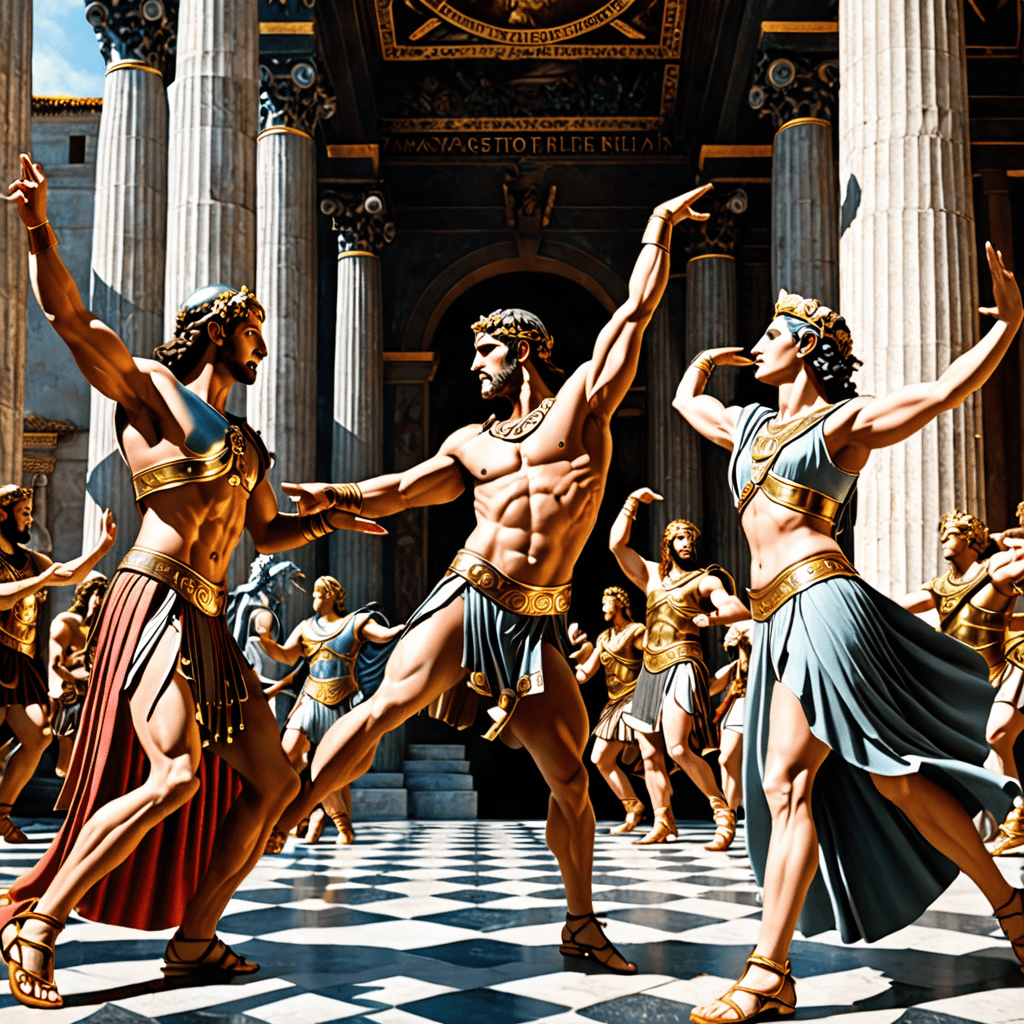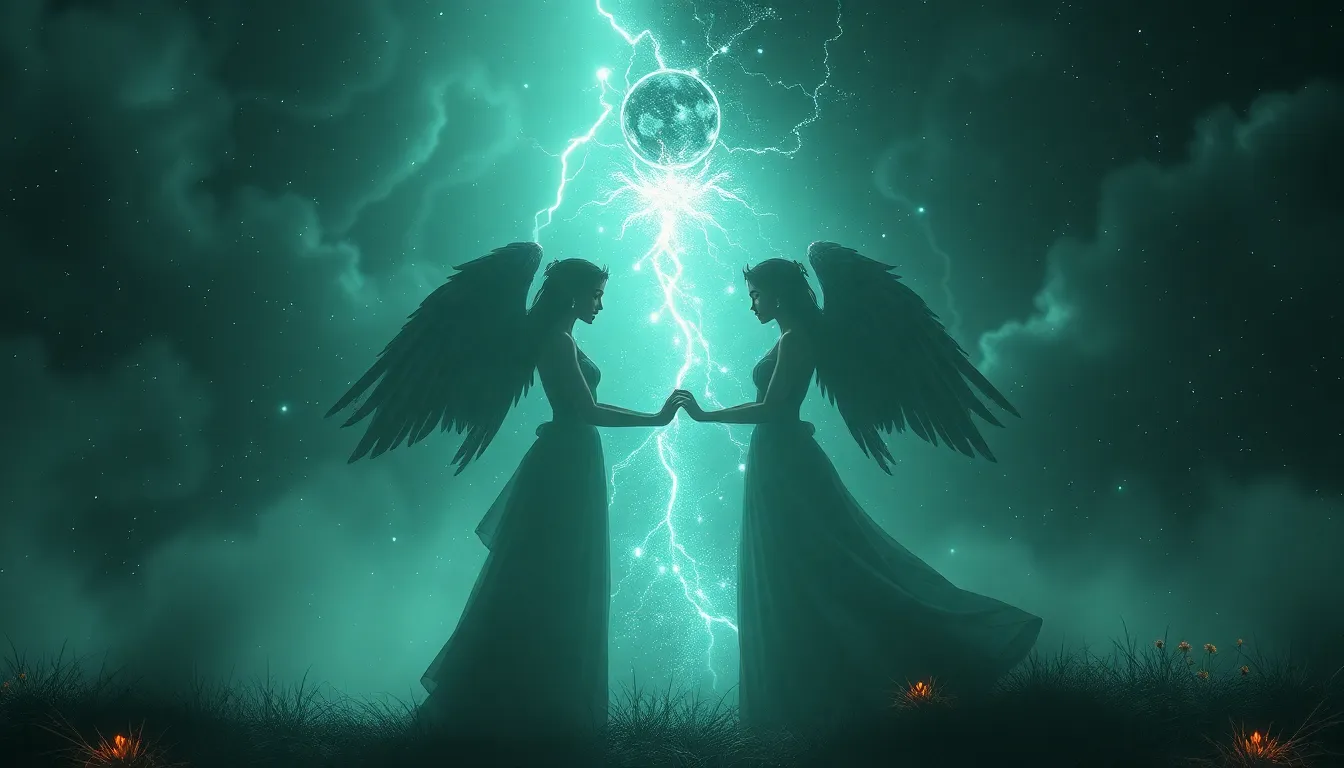The Myth of Cusco: A Sacred Foundation
Nestled high in the Andes Mountains of Peru lies the ancient city of Cusco, a place steeped in history, mystery, and myth. For centuries, Cusco has been revered as the heart of the Inca Empire, a sprawling civilization that once dominated much of South America. The city's significance transcends its physical boundaries, extending into the realm of Incan mythology, where Cusco is seen as a sacred foundation, a place of creation, and a link to the divine.
Cusco: A Cradle of Creation in Inca Mythology
In Incan mythology, Cusco holds a central place in the narrative of the world's creation. The city is believed to have been the birthplace of the first Inca rulers, the legendary Manco Capac and Mama Ocllo, who emerged from the sacred lake of Titicaca, tasked with civilizing the people and establishing the Inca Empire. Cusco was thus considered a "cradle of creation," a place where the divine intervened in the world, transforming it from a chaotic state into a structured, organized society.
The Legend of Manco Capac and Mama Ocllo
The story of Manco Capac and Mama Ocllo, the founders of the Inca Empire, is a cornerstone of Incan mythology and its connection to Cusco. According to legend, these siblings, sent by the sun god Inti, emerged from Lake Titicaca with a golden staff, a symbol of their divine lineage. They were instructed to find the ideal location for their new empire, a place where the staff would sink into the ground. After a long journey, they arrived in the fertile valley of Cusco, where the staff miraculously sank into the earth, signifying the divine approval for their chosen site.
The Four Quarters of the World and the Incan Empire
Cusco's central location within the Inca Empire was viewed not only as a geographical reality but also as a symbolic representation of its cosmological significance. The Incas believed the world was divided into four quarters, each associated with a specific direction and element: north (water), south (earth), east (air), and west (fire). Cusco, situated at the center of the empire, was seen as the point where all four quarters converged, connecting the physical realm with the divine.
Cusco as the Center of the Universe: A Cosmological Perspective
Incan cosmology, Cusco was not simply a city but a microcosm of the universe itself. The city's layout mirrored the cosmic order, with its main temple, Coricancha, representing the sun god Inti, the supreme deity of the Inca pantheon. The temple's golden walls shimmered with the radiance of the sun, symbolizing the connection between Cusco, the earthly realm, and the celestial sphere. The city's central position within the empire, its intricate layout, and its sacred temples all reinforced the idea that Cusco was the center of the universe, a place where the human and divine realms intertwined.
This connection between the physical and spiritual realms made Cusco not just the capital of the Inca Empire, but also a place of immense spiritual significance. It served as the focal point for religious ceremonies, pilgrimages, and political gatherings, cementing its place as the heart of the Incan civilization.
The Temple of the Sun (Coricancha) and its Importance
The Temple of the Sun, known as Coricancha, was the most sacred temple in the Inca Empire and stood as the heart of Cusco. This magnificent structure was built with intricately cut stone, its walls once adorned with massive sheets of pure gold, reflecting the brilliance of the sun god Inti. Coricancha served as the spiritual center of the Inca world, a place where priests performed rituals, offered sacrifices, and celebrated the sun god's power.
The temple’s elaborate design reflected a profound understanding of astronomy and the cosmos. Its orientation towards the rising and setting sun symbolized the Inca’s belief in the sun god’s dominion over life, growth, and prosperity. The golden walls of Coricancha served as a visual representation of the sun’s power, reflecting its golden light and symbolizing the connection between the earthly realm and the celestial sphere.
In addition to its spiritual significance, Coricancha was also a center of learning and knowledge. Priests, astronomers, and scholars gathered here to study the stars, observe celestial movements, and preserve the intricate tapestry of Incan lore. The temple served as a repository of knowledge about history, culture, and tradition, passed down through generations of Incas.
The Myth of the “Navel of the World”
The myth of Cusco as the "navel of the world" adds another dimension to its sacred significance. This concept, rooted in Incan cosmology, further reinforces Cusco’s position as the center of the universe – the point where the earthly realm connects with the divine.
The image of a navel, a central point from which life originates and connects to the body, resonates with the Inca belief in the divine origin of Cusco. The city, viewed as the birthplace of the Inca civilization, was seen as the umbilical cord that linked humanity to the divine. It was a place where the sun god Inti, through his chosen rulers, bestowed upon the Incas their power, wisdom, and the mandate to rule the empire.
The myth of the "navel of the world" not only emphasized Cusco’s centrality but also its spiritual and symbolic power. It highlighted the role of the Incan rulers as divine intermediaries, chosen by the sun god to guide and govern the empire from the heart of the world. It reinforced the belief in a sacred link between the rulers and the cosmos, making Cusco a place of immense spiritual and political authority.
The Role of Incan Mythology in Shaping History
Incan mythology, with its rich tapestry of myths, legends, and beliefs, played a crucial role in shaping the history of the empire. It served as a powerful tool for unifying the diverse groups under Incan rule. The myths of the Incan origin, the legendary founders Manco Capac and Mama Ocllo, provided a common narrative that transcended cultural differences, fostering a sense of shared identity and collective purpose.
The concept of Cusco as the sacred center of the universe further solidified the Inca’s position as divinely appointed rulers. The myths about the sun god Inti, the tutelary deity of the Incas, instilled a sense of reverence and obedience among the populace. The emphasis on the divine origin of the Inca rulers legitimized their authority and reinforced the hierarchical structure of the empire.
Incan mythology served not only to unify the empire but also to guide its development. Their understanding of the cosmos and the natural world informed their agricultural practices, construction projects, and societal norms. The Incas respected the land, the mountains, the rivers, and the celestial bodies, incorporating them into their mythology and rituals. This reverence for nature, deeply rooted in their mythology, ensured a sustainable and harmonious relationship between the Incas and their environment.
Modern Interpretations of the Myth of Cusco
The myth of Cusco, while rooted in ancient Incan beliefs, continues to hold significance in modern times. The city remains a vibrant cultural hub, attracting visitors from all over the world who are drawn to its rich history, fascinating mythology, and breathtaking scenery.
Today, the myth of Cusco is interpreted through a lens that blends ancient traditions with modern perspectives. Visitors can explore the ancient ruins of Coricancha, the Inca Palace, and other remnants of the empire, marveling at the ingenuity and artistry of the Incan civilization. They can witness traditional dances and ceremonies that echo the ancient beliefs, providing a glimpse into the vibrant culture that once flourished in the heart of the Andes.
The myths of Cusco have inspired numerous artistic and literary works, further amplifying the city’s cultural significance. The legend of Manco Capac and Mama Ocllo, the myth of the "navel of the world," and the tales of the sun god Inti continue to inspire generations of artists, writers, and scholars, ensuring the enduring legacy of Incan mythology.
The Impact of the Myth on Tourism and Cultural Identity
The myth of Cusco has had a profound impact on the city's tourism industry and cultural identity. The city's ancient ruins, its vibrant culture, and its connection to the Inca Empire draw millions of visitors each year, making it one of the most popular destinations in South America.
The Inca mythos has become an integral part of Cusco's cultural identity, shaping the city's artistic expressions, festivals, and celebrations. The annual Inti Raymi festival, a grand celebration of the sun god Inti, is one of the most prominent examples of how the Incan legacy continues to influence the city's cultural life. It draws thousands of visitors and locals who come together to celebrate their shared heritage.
The myth of Cusco has also inspired the creation of numerous museums, cultural centers, and educational programs dedicated to preserving and promoting Incan culture. These institutions provide a platform for understanding and appreciating the rich tapestry of Incan traditions, ensuring that the legacy of the Inca Empire remains vibrant and relevant for generations to come.
FAQ:
Q: What is the significance of Cusco in Incan mythology?
A: In Incan mythology, Cusco is considered the heart of the empire, a sacred foundation where the divine intervened in the world. It is the birthplace of the first Inca rulers, Manco Capac and Mama Ocllo, and is seen as the center of the universe, connecting the physical realm with the divine.
Q: What is the myth of the "Navel of the World" related to Cusco?
A: The myth of Cusco as the "navel of the world" reinforces its central position as a point of connection between the earthly realm and the divine. It symbolizes the origin of life and the Inca civilization, linking the Incan rulers to the cosmos and giving them legitimacy as divinely appointed leaders.
Q: How did Incan mythology shape the history of the empire?
A: Incan mythology played a key role in unifying the diverse groups under Incan rule. The myths provided a shared narrative, legitimized the Inca rulers, and guided their development, creating a sustainable and harmonious society.
Q: What is the modern-day impact of the myth of Cusco?
A: The myth of Cusco continues to hold significance in modern times. It contributes to the city's tourism industry, influencing its cultural identity and inspiring artistic and literary works. The Incan legacy is kept alive through festivals, museums, and educational programs.



